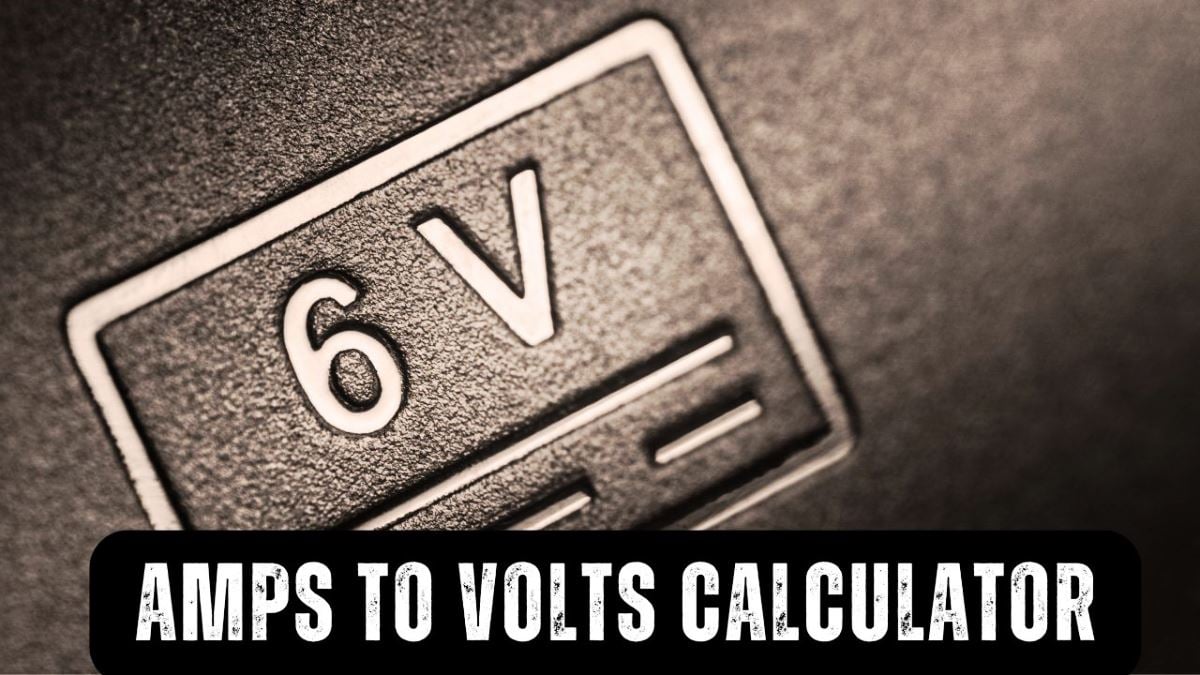Amps to Volts Calculator
Calculate voltage (Volts) from current (Amps) using either Watts or Ohms.
Amps to Volts Calculator
Calculate voltage (Volts) from current (Amps) using either Watts or Ohms.

How To Convert Amps to Volts
Converting Amperes (current) to Volts (voltage) is crucial in electrical engineering for determining voltage requirements, sizing equipment, and ensuring proper circuit operation. This conversion helps engineers and technicians design safe and efficient electrical systems.
Power Method Calculation
Calculate voltage from power and current using this fundamental formula:
Where:
- V(V) Voltage in Volts (V)
- P(W) Power in Watts (W)
- I(A) Current in Amperes (A)
Key Point: This method is particularly useful when working with power supplies and electrical appliances where power ratings are known.
Ohm’s Law Calculation
For circuits where resistance is known, use Ohm’s Law to calculate voltage:
Where:
- V(V) Voltage in Volts (V)
- I(A) Current in Amperes (A)
- R(Ω) Resistance in Ohms (Ω)
Important: This formula applies to both DC circuits and AC circuits when using RMS values.
Practical Examples
Power Method Example
Given:
- Power = 1200 W
- Current = 5 A
Calculation:
V = 1200 W / 5 A = 240 VOhm’s Law Example
Given:
- Current = 2 A
- Resistance = 100 Ω
Calculation:
V = 2 A × 100 Ω = 200 VImportant Note: Always round calculations to appropriate decimal places and consider safety margins for practical applications.
